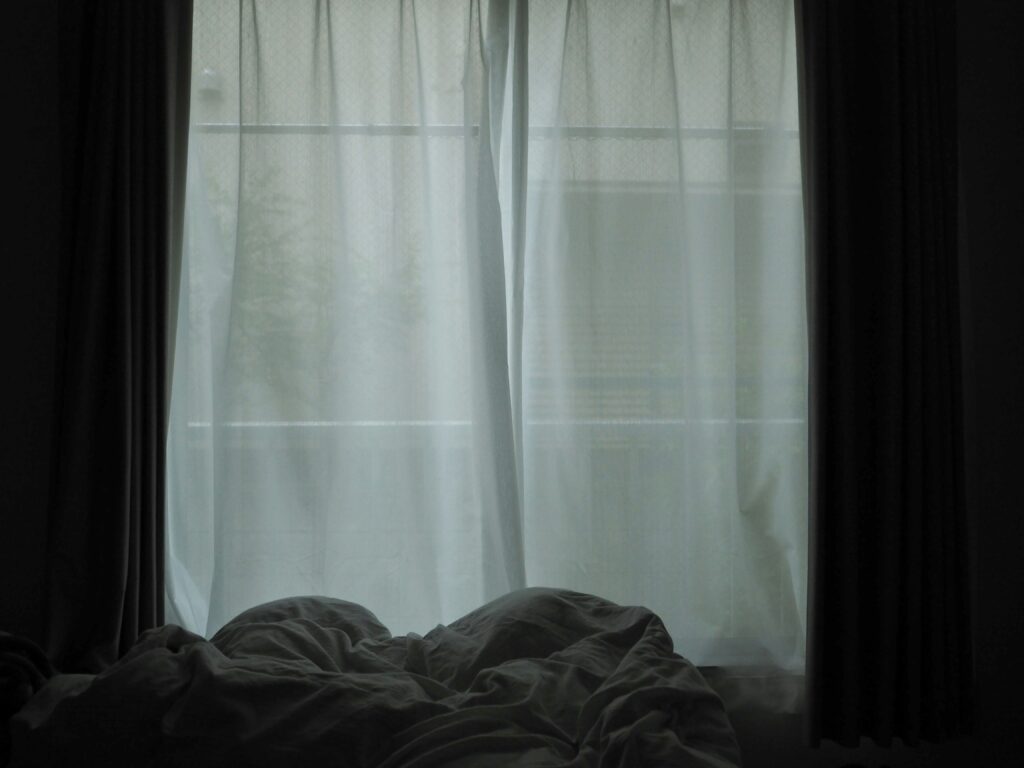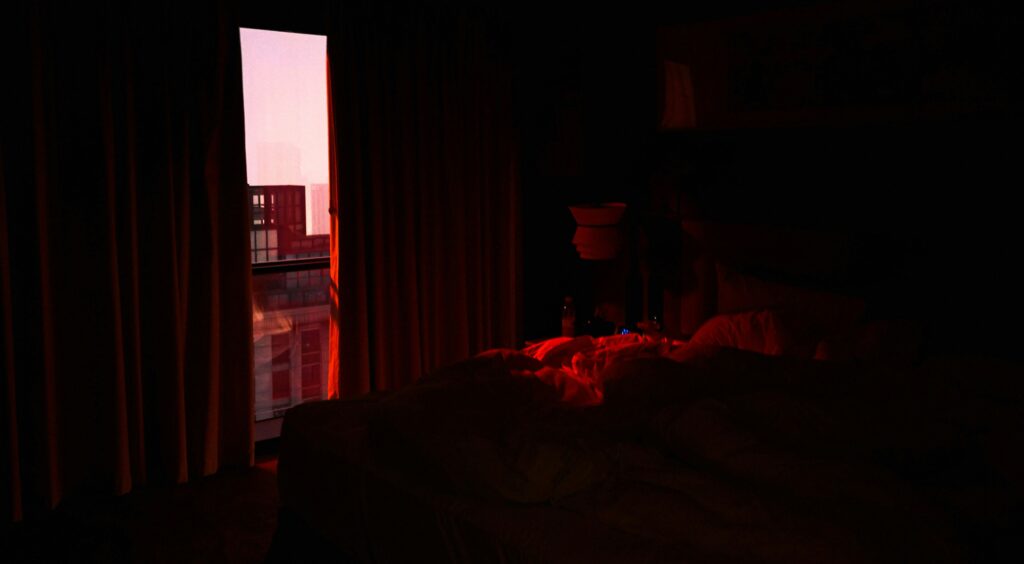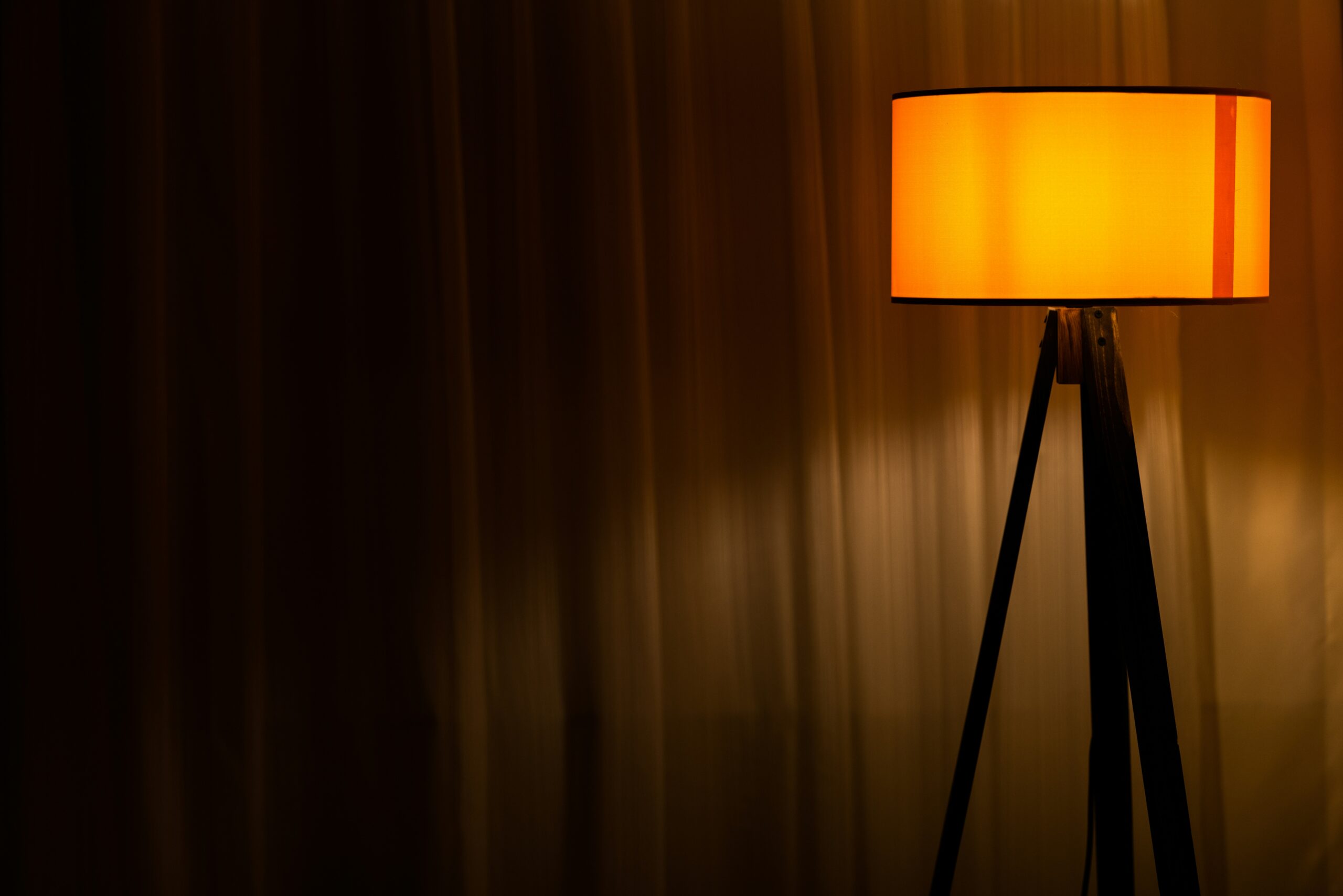Ever found yourself tossing and turning, wondering why sleep seems to play hard to get? You’re not alone. In our bustling city lives, where artificial lights blaze well into the night, many of us struggle to truly switch off. But what if the secret to a restful night wasn’t in a magic pill, but in something far more fundamental – something as simple and profound as natural light?
This isn’t about complicated sleep hacks or drastic lifestyle overhauls. Instead, we’re going to explore how a thoughtful approach to natural light in your bedroom can recalibrate your body’s internal clock, paving the way for deeper, more restorative sleep. We’ll dive into practical, actionable ways to adjust the light in your room, backed by what really works. By the end of this article, you’ll have a clear roadmap to transforming your sleep environment, making your bedroom a true sanctuary for rest and rejuvenation. Get ready to embrace the power of natural light and finally say goodbye to those restless nights!
The Silent Maestro: How Light Orchestrates Your Sleep
Think of your body as a finely tuned orchestra, and your circadian rhythm is the maestro conducting the show. This internal 24-hour clock dictates everything from your hunger pangs to your energy levels, but its most profound influence is on your sleep-wake cycle. And guess what its primary cue is? You guessed it: light, or more specifically, the presence or absence of natural light.
Decoding Your Circadian Rhythm: The Body’s Internal Clock
Your circadian rhythm is powered by a small region in your brain called the suprachiasmatic nucleus (SCN). This tiny powerhouse responds directly to light signals received through your eyes. When light hits your retina, it tells your SCN to suppress the production of melatonin, the hormone that makes you feel sleepy. Conversely, as darkness falls, melatonin production ramps up, signaling to your body that it’s time to wind down. This intricate dance between light and dark is crucial for healthy sleep. When this rhythm is disrupted – say, by too much artificial light at night or not enough natural light during the day – sleep problems often follow.
The Melatonin Connection: Light’s Role in Sleep Hormone Production
Melatonin is often dubbed the “sleep hormone” for good reason. Its secretion is exquisitely sensitive to light. Bright light, especially blue light emitted by screens and many artificial sources, is particularly effective at suppressing melatonin. This is why late-night scrolling can leave you feeling wide awake, even when your body desperately needs to rest. On the flip side, exposure to natural daylight, particularly in the morning, helps to reinforce a strong circadian rhythm, promoting a healthy melatonin surge when night falls. It’s a natural ebb and flow, and understanding it is the first step towards better sleep.
Beyond Melatonin: Other Ways Light Influences Sleep Quality
While melatonin is a star player, light’s influence on sleep extends beyond just this hormone. Exposure to natural light during the day has been shown to improve mood and alertness, which indirectly contributes to better sleep at night. Studies have even indicated that people with more exposure to natural light during their workday tend to have longer and more efficient sleep patterns. Conversely, dim, warm light in the evening can help signal to your body that it’s time to relax, preparing you for a good night’s rest. It’s a holistic effect, making natural light a fundamental building block for true sleep hygiene.

Mastering Your Bedroom’s Illumination: Practical Steps for Better Sleep
Now that we understand the ‘why,’ let’s get down to the ‘how.’ Transforming your bedroom into a sleep-friendly sanctuary involves a few strategic adjustments to how you manage light throughout the day and into the night. It’s about creating a harmonious environment that works with your body, not against it.
Harnessing the Power of Morning Light: Your Wake-Up Call
The most impactful change you can make for your sleep is embracing morning light. As soon as you wake up, open those curtains wide! Step outside if you can, even for just 10-15 minutes. This early exposure to bright, natural light sends a powerful signal to your brain that it’s daytime, effectively hitting the “reset” button on your circadian rhythm. It helps suppress melatonin and boost cortisol, giving you a natural energy surge and setting the stage for a productive day and, crucially, a restful night. Think of it as a natural alarm clock for your body.
- Sunrise Simulation Alarms: If getting immediate outdoor exposure isn’t feasible, consider a sunrise simulation alarm clock. These devices gradually brighten your room, mimicking a natural dawn and gently easing you awake.
- Breakfast by the Window: Make a habit of eating your breakfast near a window. This simple act can significantly increase your morning light exposure without requiring extra effort.
- Outdoor Commute (If Possible): If your commute allows, try walking or cycling part of the way. Even a short stroll can provide valuable morning light.
Dimming the Lights: Creating an Evening Wind-Down Routine
Just as morning light signals “wake up,” dimming the lights in the evening signals “wind down.” About 1-2 hours before bed, start reducing your exposure to bright, artificial light. This means lowering the brightness on your screens, turning off overhead lights, and opting for warmer, softer lamps. This shift in light cues your body to begin producing melatonin, preparing you for sleep. It’s about gently guiding your system towards rest, rather than shocking it with bright lights until the last minute.
- Warm-Toned Lighting: Swap out harsh white or blue-toned light bulbs for warmer, amber-toned options in your bedroom and areas you frequent in the evening.
- Dimmers are Your Friend: Install dimmer switches on your bedroom lights to easily adjust the intensity as evening progresses.
- Candlelight (Safely!): For an extra touch of relaxation, consider using candles (safely, of course!) in the hour before bed. Their soft, flickering glow is incredibly soothing.
Blackout Blinds and Curtains: Ensuring True Darkness for Deep Sleep
When it’s time to sleep, absolute darkness is your best ally. Even small amounts of light – from streetlights, digital clocks, or even a crack under the door – can disrupt melatonin production and fragment your sleep. Investing in good quality blackout blinds or curtains is one of the most effective ways to create an optimal sleep environment. They block out external light, ensuring your body gets the uninterrupted darkness it needs to fully embrace restorative sleep. This small investment can make a world of difference to your sleep quality.
- Layering Window Treatments: Combine blackout curtains with regular blinds for maximum light blockage and flexibility.
- Door Sweeps and Gaps: Don’t forget to address light creeping in from under your door or around the frame. Simple door sweeps can effectively block these unwanted light sources.
- Covering Electronics: If you have glowing electronics in your room, cover their lights with electrical tape or a small cloth. Every photon counts!
Beyond the Bedroom: Day-to-Day Light Management for Enhanced Sleep
While your bedroom is a critical zone, managing your light exposure throughout the entire day plays a significant role in fostering healthy sleep. It’s about creating a consistent rhythm that supports your body’s natural preferences.
Embracing Natural Light During the Day: Boost Your Circadian Rhythm
Making an effort to get ample natural light exposure during your waking hours is just as important as dimming lights at night. Sunlight during the day helps reinforce your circadian rhythm, making you more alert and energized when you need to be. It also deepens the contrast between day and night, making it easier for your body to recognize when it’s time to wind down. If you work indoors, try to take regular breaks outside, position your desk near a window, or even just open the blinds.
- Regular Outdoor Breaks: Even 15-minute walks during lunch or coffee breaks can significantly increase your daily natural light intake.
- Desk Placement: If possible, arrange your workspace so you’re near a window. Natural light has been shown to boost productivity and mood.
- Weekend Explorations: Make it a point to spend time outdoors on weekends. Hiking, gardening, or even just a park visit can replenish your natural light reserves.
The Blue Light Blocker: Protecting Your Sleep from Screen Time
This one’s a biggie for city workers and anyone glued to screens! Electronic devices like phones, tablets, and computers emit a significant amount of blue light, which, as we discussed, is highly effective at suppressing melatonin. Using these devices late into the evening can seriously mess with your sleep cycle. The solution isn’t to ditch technology entirely, but to manage your exposure.
- The “Digital Sunset” Rule: Aim to put away all blue-light-emitting screens at least 1-2 hours before your desired bedtime. This gives your body time to naturally start producing melatonin.
- Blue Light Filters/Glasses: Many devices now have built-in “night shift” or “blue light filter” modes that shift the screen’s color temperature to warmer tones in the evening. You can also invest in blue-light-blocking glasses if you absolutely must use screens before bed.
- Read a Book (the Paper Kind!): Rediscover the joy of a physical book before bed. It’s a wonderful way to wind down without the disruptive effects of screen light.
Sleep Hygiene Revisited: Light as a Core Component
While light is a powerful tool, it’s part of a larger picture of good sleep hygiene. Think of it as a cornerstone. Combining smart light management with other healthy habits creates a robust foundation for consistent, quality sleep. This includes maintaining a consistent sleep schedule, creating a comfortable sleep environment (temperature, noise), avoiding caffeine and heavy meals close to bedtime, and incorporating relaxation techniques. All these elements work together, with natural light playing a crucial, often underestimated, role.
- Consistent Sleep Schedule: Going to bed and waking up at roughly the same time each day, even on weekends, helps regulate your circadian rhythm.
- Optimizing Your Sleep Environment: Ensure your bedroom is cool, quiet, and, as we’ve discussed, dark.
- Mindful Eating and Drinking: Be mindful of what and when you eat and drink, especially in the hours leading up to bedtime.

Conclusion: Illuminating Your Path to Restful Nights
So, there you have it! The secret to better sleep might just be simpler and more accessible than you ever imagined: harnessing the incredible power of natural light. We’ve explored how light acts as the ultimate conductor of your body’s internal clock, guiding your sleep-wake cycles and influencing those crucial sleep hormones. From embracing the invigorating rays of morning sun to creating a cocoon of darkness for deep, restorative sleep, the adjustments we’ve discussed are entirely within your reach.
Remember, this isn’t about perfection; it’s about progress. Even small, consistent changes can yield remarkable results. Perhaps you start by simply opening your curtains as soon as you wake up, or commit to a “digital sunset” 30 minutes earlier tonight. The cumulative effect of these seemingly minor shifts will gradually recalibrate your body, guiding it back to its natural rhythm. It’s time to take control of your sleep, one ray of light at a time. Your well-rested, energized self will thank you for it!
Frequently Asked Questions (FAQ)
Q: Does natural light affect sleep? A: Yes, absolutely! Natural light is the primary cue for your body’s circadian rhythm, which regulates your sleep-wake cycle. Exposure to bright natural light during the day helps keep you alert and sets the stage for a healthy melatonin surge (the sleep hormone) at night.
Q: How should the light settings be for sleeping? A: For optimal sleep, your bedroom should be as dark as possible. Use blackout curtains or blinds to block out all external light. In the hours leading up to bedtime, dim the lights in your home and opt for warm-toned, low-intensity lighting to signal to your body that it’s time to wind down.
Q: Can artificial light disrupt sleep? A: Yes, particularly blue light emitted from electronic screens (phones, tablets, computers) and some LED lights. Blue light is very effective at suppressing melatonin production, making it harder to fall asleep and reducing sleep quality if you’re exposed to it close to bedtime.
Q: How can I maximize natural light exposure during the day if I work indoors? A: Try to position your desk near a window if possible. Take regular breaks to step outside, even for 10-15 minutes. Consider eating lunch near a window or going for a short walk during your break.
Q: Is it bad to sleep with a night light? A: Generally, yes, it’s best to avoid any light during sleep. Even dim night lights can disrupt melatonin production. If you need some light for safety (e.g., for children or seniors), opt for a very dim, red-toned night light, as red light has the least impact on melatonin.

